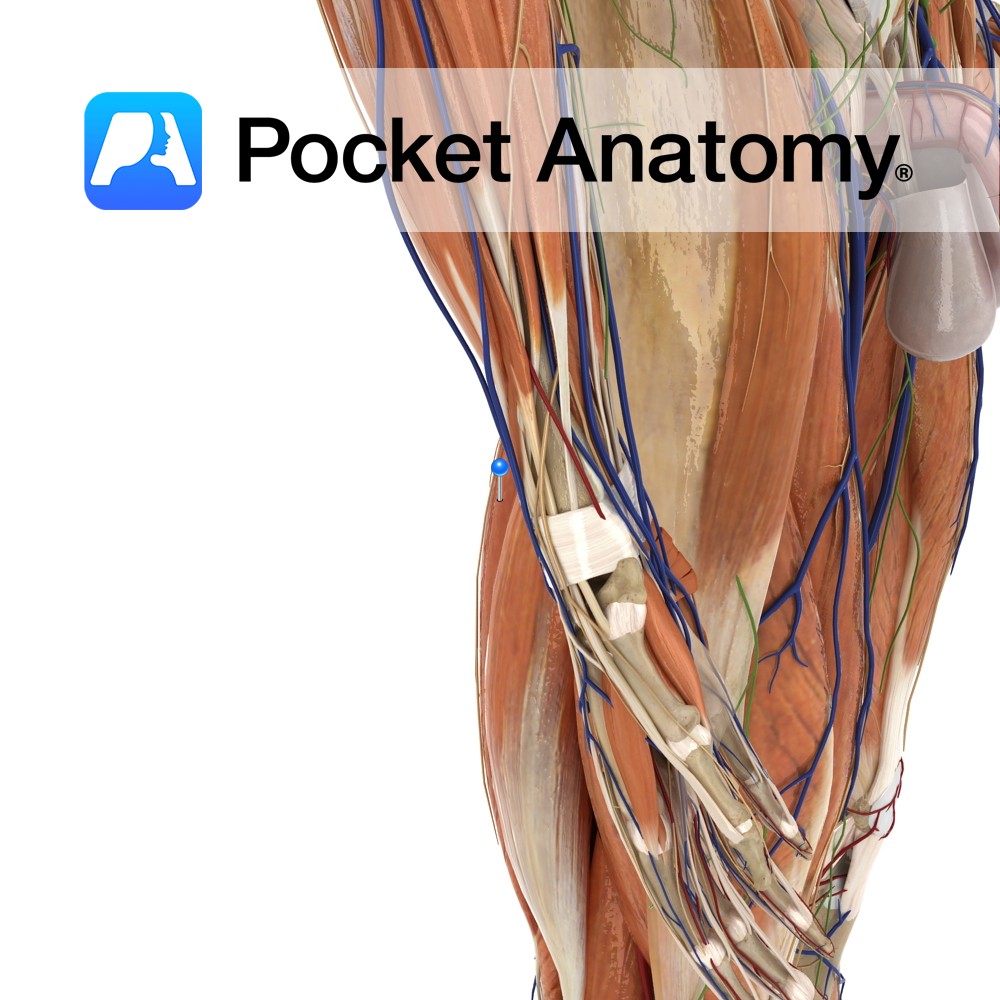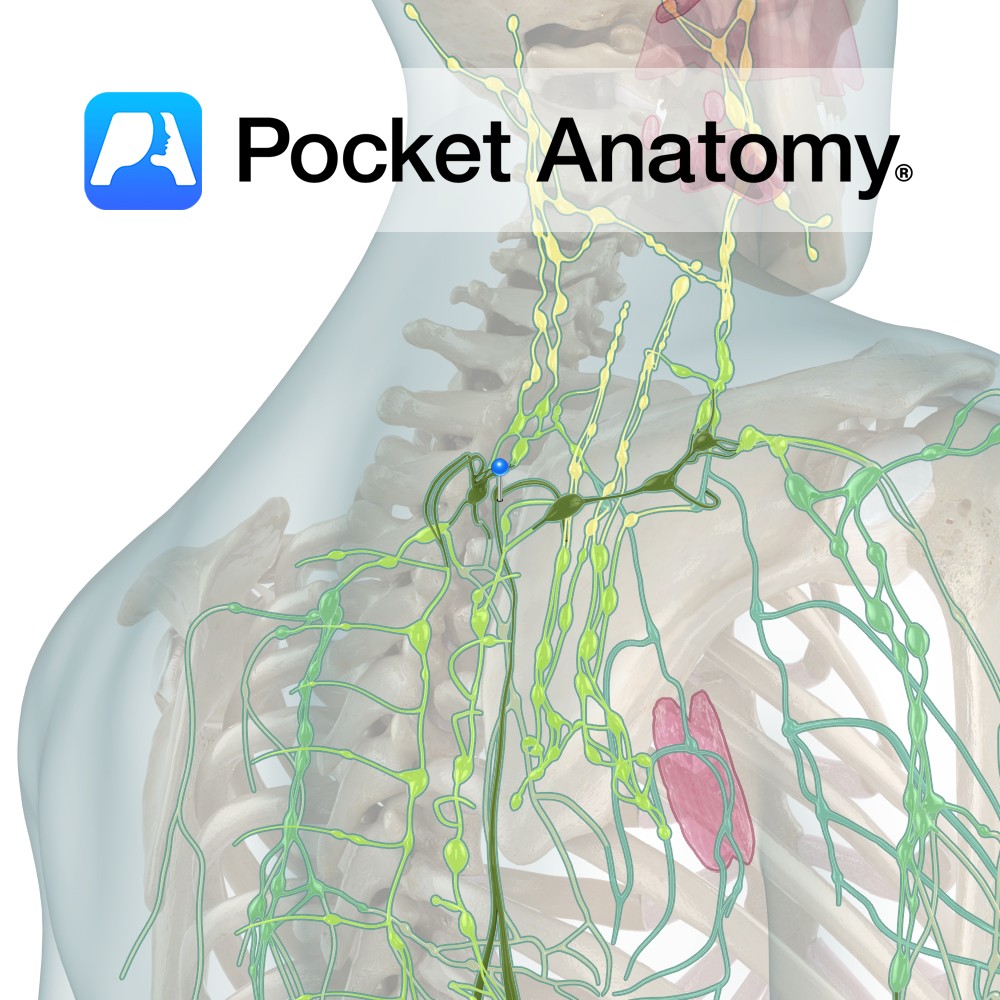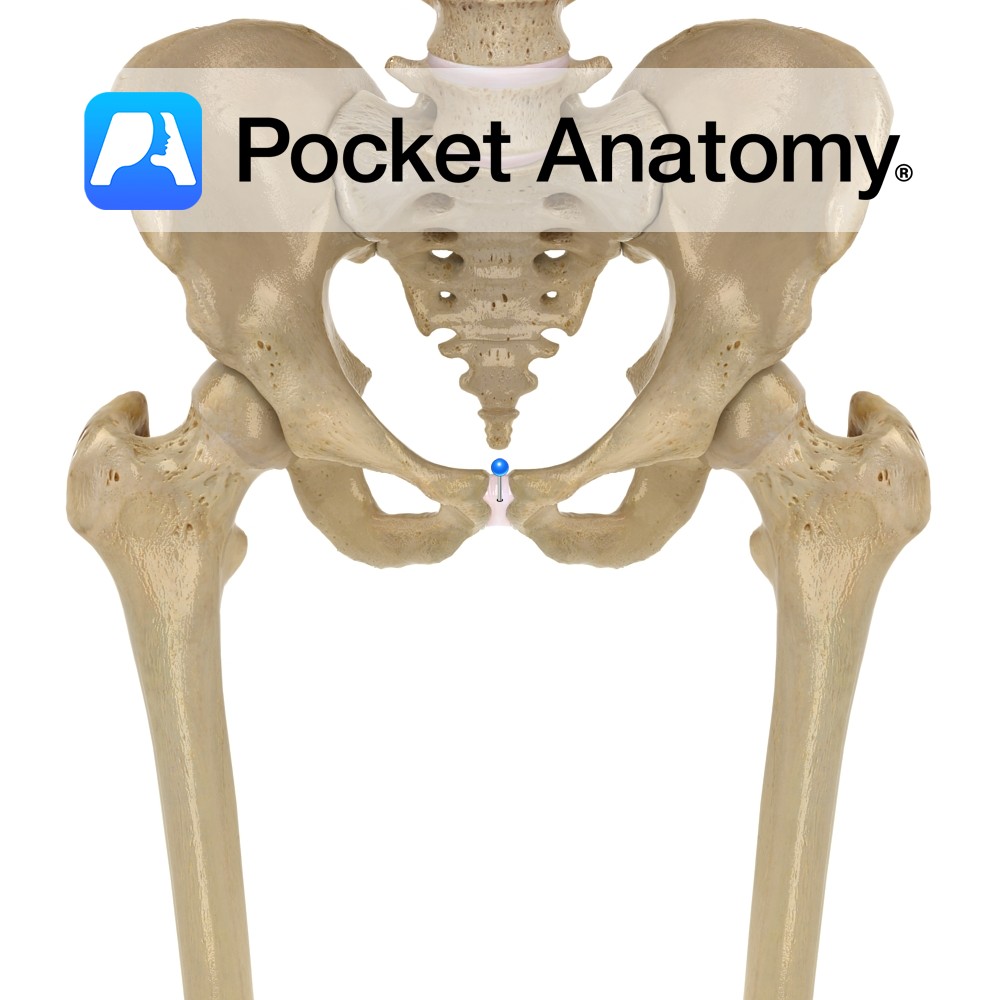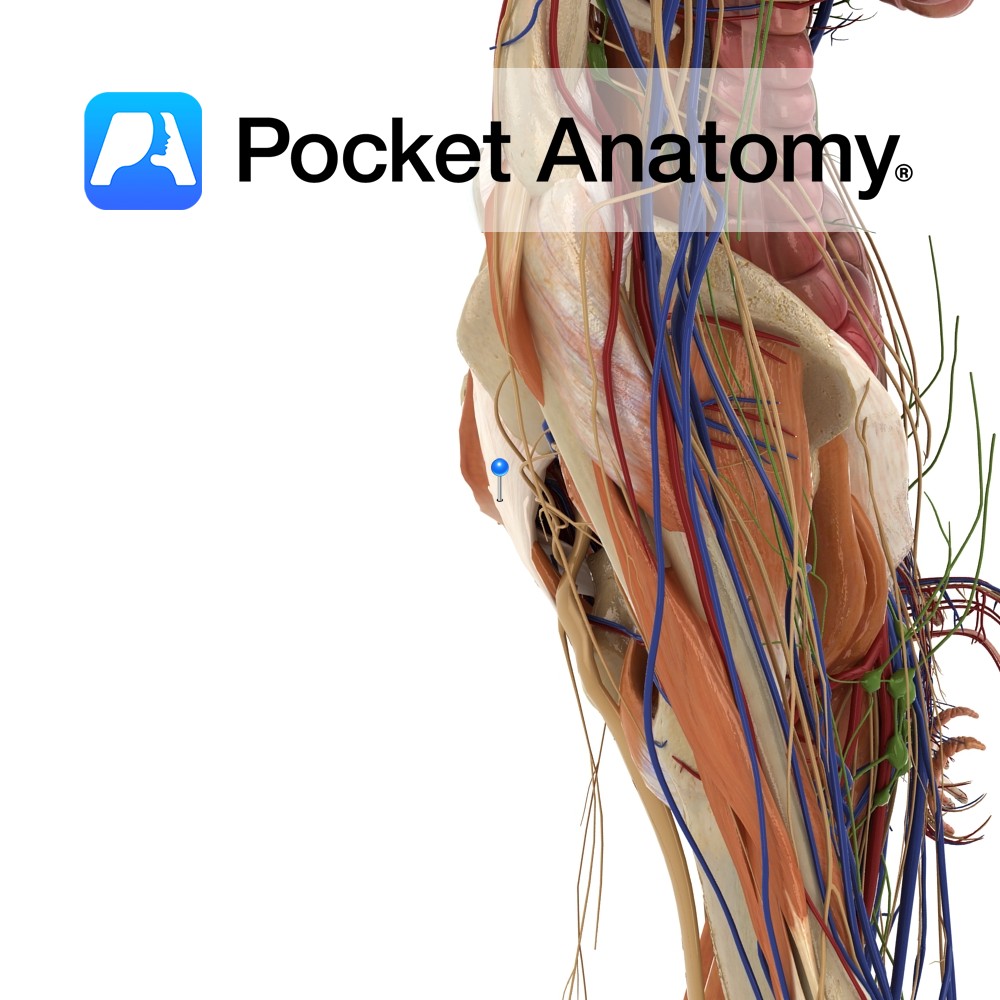Anatomy
Origin:
Superomedial area of ischial tuberosity (with biceps femoris).
Insertion:
Superior part of medial tibia.
Key Relations:
-One of the three muscles of the posterior compartment of the thigh.
-Along with semimembranosus forms the superomedial boundary of the popliteal fossa.
-At its insertion to the tibia, the tendon of semitendonosus is located just posterior to the tendons of the sartorius and gracillis muscles. This 3 pronged arrangement is known as pes anserinus (the latin for goosefoot).
Functions
-Flexes the leg at the knee joint.
-Extends the thigh at the hip joint.
-Medially rotates the thigh at the hip joint when the hip is extended.
-Medially rotates the leg at the knee joint when the knee is semi-flexed.
Supply
Nerve Supply:
Tibial division of sciatic nerve (L5, S1, S2).
Blood Supply:
-Perforating arteries (branches of deep artery of thigh)
-Superior muscular branches of popliteal artery.
Clinical
‘Hamstring syndrome’ presents as pain near the ischial tuberosity, thought to be caused by tendinitis at the origin of the hamstrings – in some cases compression of the sciatic nerve may also be involved. It is common amongst athletes, especially those partaking in sports that involve sprinting or short bursts of acceleration. The pain associated with ‘hamstring syndrome’ often radiates down the posterior thigh and is exacerbated by actions that stretch the hamstrings.
In addition, the clinical examination of ‘hamstring syndrome’ may reveal tenderness over the ischial tuberosity, and percussion in that region may cause the pain to radiate down the posterior thigh in a pattern determined by the sciatic nerve. ‘Hamstring syndrome’ can be treated with rest, NSAIDs and steroid injections. Surgical exploration of the sciatic nerve may be required to release various bands.
Interested in taking our award-winning Pocket Anatomy app for a test drive?





